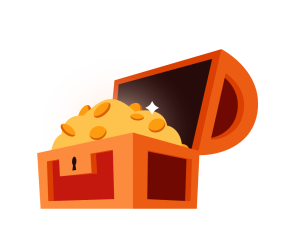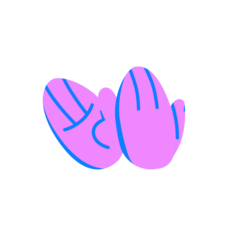Install Steam
login
|
language
简体中文 (Simplified Chinese)
繁體中文 (Traditional Chinese)
日本語 (Japanese)
한국어 (Korean)
ไทย (Thai)
Български (Bulgarian)
Čeština (Czech)
Dansk (Danish)
Deutsch (German)
Español - España (Spanish - Spain)
Español - Latinoamérica (Spanish - Latin America)
Ελληνικά (Greek)
Français (French)
Italiano (Italian)
Bahasa Indonesia (Indonesian)
Magyar (Hungarian)
Nederlands (Dutch)
Norsk (Norwegian)
Polski (Polish)
Português (Portuguese - Portugal)
Português - Brasil (Portuguese - Brazil)
Română (Romanian)
Русский (Russian)
Suomi (Finnish)
Svenska (Swedish)
Türkçe (Turkish)
Tiếng Việt (Vietnamese)
Українська (Ukrainian)
Report a translation problem





















This is a very common occurrence so even if you think you won't develop the habit, you probably will. And, because beginners are so easily influenced by any stimuli, it's important that the stimuli they do receive stem from actual humans so that they automatically adapt to these and build upon it properly.
This is invaluable to an absolute beginner. I know what to focus on and how.
And tbh, that small paragraph on Picking a Legend is amazing. I was in a rut but it really is just like any fighting game... Just pick whatever looks cool to you (I'm giving Mako a spin :D)